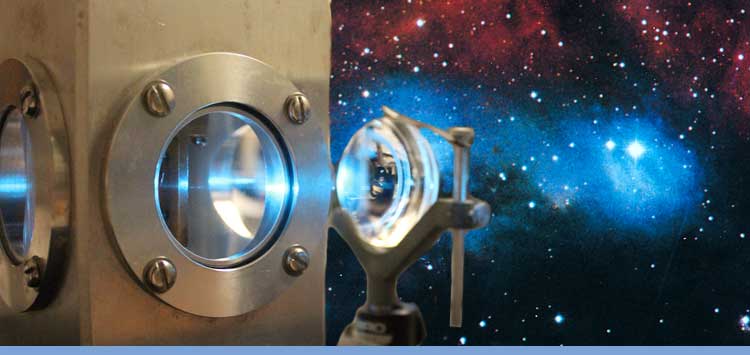Laser Interferometer Gravitational wave Observatory (LIGO)
In 1916, Einstein used his new theory of General Relativity to make the prediction that violent events in the cosmos -- such as Black Hole collisions and Supernova explosions -- could produce "Gravitational Waves" (GW's), ripples in the "fabric of space", itself, which propagate towards us at the speed of light. But Einstein himself doubted that GW's would ever be experimentally detected, in part because of the extreme weakness of those signals arriving from vast distances.
Einstein was brilliantly right and wrong: his theory of GW's was correct, and have now in fact been measured (despite their tiny amplitudes) from at least four merging binary Black Hole systems -- with the first detection announced by LIGO (the Laser Interferometer Gravitational wave Observatory) in 2016, precisely 100 years after Einstein's original prediction was published.
To put this spectacularly difficult experimental challenge in perspective, consider that the peak "strain" (dimensionless stretching ratio) of that first detection was a mere 10^-21 -- that is, one part in a billion trillion. A GW of this amplitude, passing between the Earth and the Sun, would only alter their separation by a little more than the size of a single Hydrogen atom. Passing through the LIGO laser system (4000 meters long), the detected GW shook the LIGO mirrors by a mere 40 billionths of an Angstrom -- less than 1/400 of the diameter of a single proton.
To meet this daunting challenge, LIGO was designed to take advantage of the "quadrupole" nature of Gravitational Radiation. For example, a GW heading into the Earth would compress the planet in the North-South direction, while stretching it in the East-West direction -- then vice-versa half a cycle later, and so on, for many wave oscillation periods. The ideal configuration for detecting this is a Michelson Interferometer, which splits a laser beam into a "North" arm and an "East" arm; after traveling down the long (4 km) arms, the laser beams reflect from mirrors and return, and get re-combined at the beamsplitter. If the arms are completely balanced, then all of the power comes out of the "bright port" to the "West" of the beamsplitter (constructive interference), while no light emerges (complete destructive interference) from the "dark port" to the "South" of the beamsplitter. The passage of a GW unbalances the lengths of the arms, causing a small amount of laser power to emerge from the dark port, which becomes the detected GW signal.
To observe such an infinitesimal signal, LIGO must use sophisticated tricks. A "Power Recycling" mirror is placed in front of the bright port of the beamsplitter, so that instead of wasting the exiting laser light, it is re-injected into the interferometer for repeated use. Similarly, an extra mirror is placed at the entry of each long arm, turning them into resonant cavities which increase the stored power (equivalently, the number of laser beam "round trips") in the arms. This was the "Initial LIGO" configuration, which began the first of its science runs in 2002. Initial LIGO performed well according to its promised technological specifications, but did not detect any GW events.
In 2015, the first science run with "Advanced LIGO" configuration began. Advanced LIGO included many technological improvements, including the addition of one more ("Signal Recycling") mirror, placed just outside the dark port of the beamsplitter. This configuration, known as "Dual Recycling", can be operated either to resonantly enhance the GW signal before it is allowed to leave the interferometer; or to resonantly extract scattered light "noise" before it can degrade the light inside the interferometer. The Ph.D. thesis research conducted by myself (Brett Bochner), under the supervision of research advisor Rainer Weiss (MIT-LIGO), was an investigation of the resonant properties of this Dual Recycled LIGO configuration when using mirrors with realistic quality levels of surface polish and reflective coatings. This research was one of the tools used to inform the design and construction of the Advanced LIGO system.
Almost immediately after Advanced LIGO was turned on, in September 2015, the first detection of a Gravitational Wave event was made, proving the both the correctness of Einstein's GW predictions from General Relativity, and the very existence of Black Holes. Since then, LIGO (now joined by global partners, such as the French-Italian group, "Virgo") has made several additional discoveries, thus continuing to make scientific history -- Relatively speaking.


